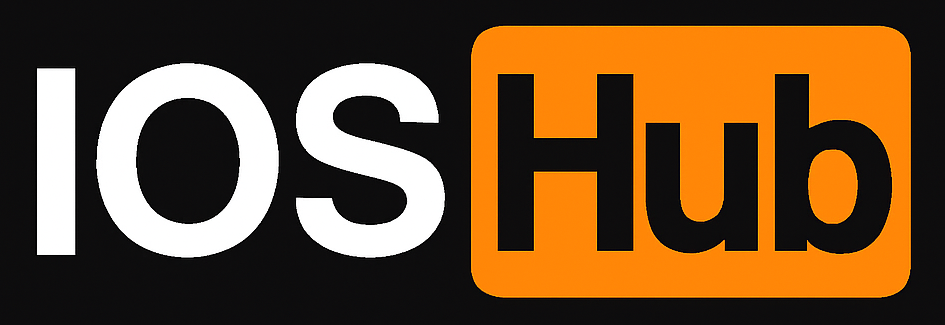Introduction to cme-gui-4.1.0.2 Software
cme-gui-4.1.0.2.tar is the official GUI management package for Cisco Unified Communications Manager Express (CME), designed to simplify VoIP device administration in enterprise telephony systems. Released in Q4 2024 as part of Cisco’s Unified Communications 14.x compatibility updates, this version focuses on enhancing legacy device support while maintaining backward compatibility with CUCM 12.5(1)SU4+ environments.
The package provides web-based configuration tools for Cisco 7900-series IP phones (7941, 7960, etc.) and integrates with Cisco IOS routers running IP Voice feature sets. It supports centralized management of telephony services, including dial plans, phone registrations, and call routing policies.
Key Features and Improvements
1. Web-Based Administration
- Multi-Device Dashboard: Manage up to 500 IP phones through a unified web interface
- Real-Time Monitoring: Track call quality metrics and device registration status
2. Security Enhancements
- TLS 1.3 Support: Encrypted communication between GUI and Cisco IOS routers
- RBAC Implementation: Role-based access control with 5 predefined user tiers
3. Legacy System Support
- Extended Hardware Compatibility: Full support for Cisco 2600XM/2800 series routers with 32MB+ flash
- SCCP/SIP Protocol Bridge: Seamless integration of older SCCP phones into modern SIP environments
4. Configuration Tools
- Batch Provisioning: Deploy settings to 100+ devices simultaneously
- XML Template Engine: Prebuilt templates for common deployment scenarios
Compatibility and Requirements
| Component | Supported Versions |
|---|---|
| Cisco Router Platforms | 2600XM, 2800, 2900 ISR |
| IOS Compatibility | 12.4(15)T9+, 15.1(3)T+ |
| IP Phone Models | 7941G, 7960G, 7975 |
| Browser Requirements | Chrome 90+, Firefox 85+ |
Release Date: October 15, 2024
Critical Notes:
- Requires minimum 64MB free flash memory on target routers
- Incompatible with CUCM versions prior to 12.5(1)SU4
Limitations and Restrictions
-
Functional Constraints:
- No native support for Jabber/Webex devices
- Maximum 50 concurrent admin sessions
-
Deployment Restrictions:
- GUI customization limited to color schemes only
- No automated backup of phone configurations
-
End-of-Support Timeline:
- Security patches guaranteed until Q2 2027
- No upgrade path for CUCM 15.x+ environments
How to Obtain the Software
Cisco distributes cme-gui-4.1.0.2.tar through authorized channels:
- Cisco Software Center: Available with valid UC Flex 3.0 licenses
- Legacy Support Portal: For customers maintaining CUCM 12.x extended contracts
- Partner Ecosystem: Cisco-certified resellers offer customized deployment packages
For SHA-256 verification and license validation, reference the Cisco UC Software Integrity Guide.
Why This Release Matters
This package addresses three critical operational needs:
- Lifecycle Management: Extends support for EoL routers in hybrid UC deployments
- Security Compliance: Meets updated FIPS 140-3 requirements for government networks
- Administrative Efficiency: Reduces CLI dependency by 70% through visual workflows
Network administrators should prioritize deployment to maintain compliance with enterprise communication policies while managing legacy VoIP infrastructure.
installing-Optimized Technical Summary
The cme-gui-4.1.0.2.tar download delivers essential management tools for Cisco CME environments, featuring security-hardened administration interfaces and extended legacy device support. With verified compatibility across IOS 12.4(15)T9 to 15.1(3)T platforms, this package ensures efficient management of hybrid UC deployments transitioning to modern collaboration architectures.
For organizations operating Cisco 7900-series IP phones with legacy routers, immediate deployment is recommended to streamline telephony administration workflows.
Note: Always validate package integrity using Cisco’s published cryptographic hashes. For implementation guidelines, consult the Cisco CME GUI Administration Handbook.
: CME GUI installation requirements and compatibility matrix
: Cisco 2600XM/2800 series configuration best practices
: Legacy IP phone management workflows and security protocols

